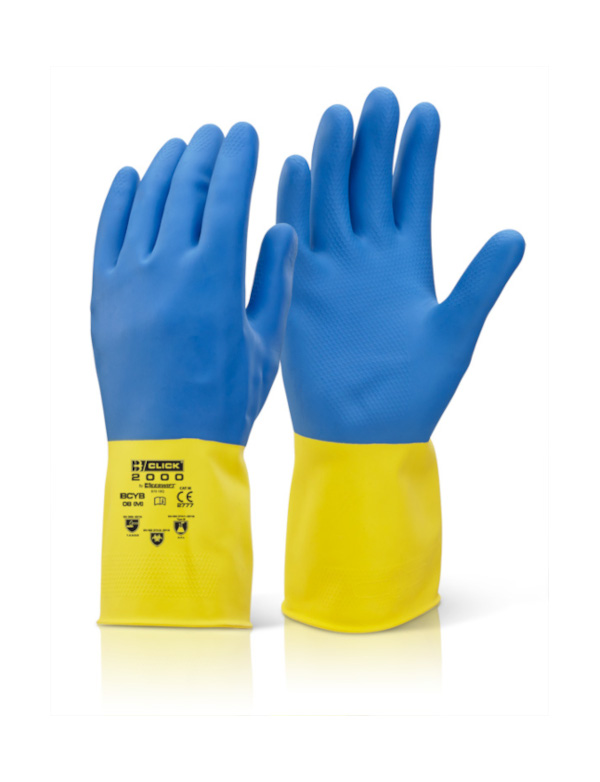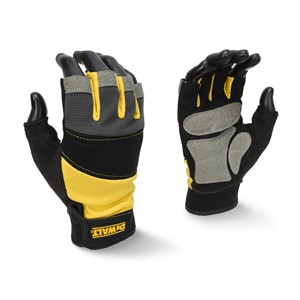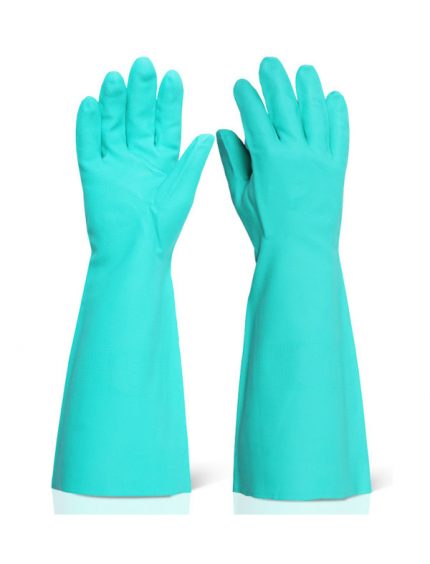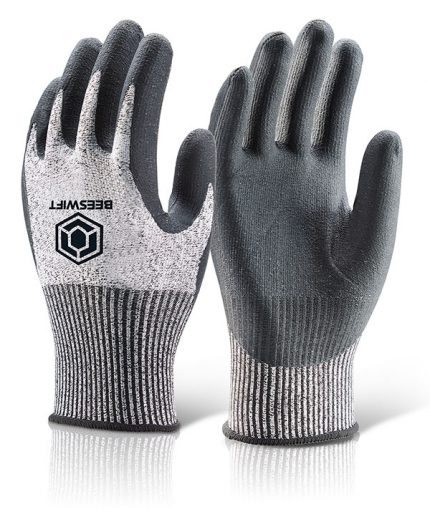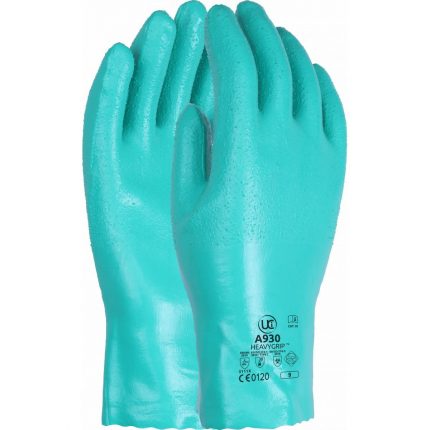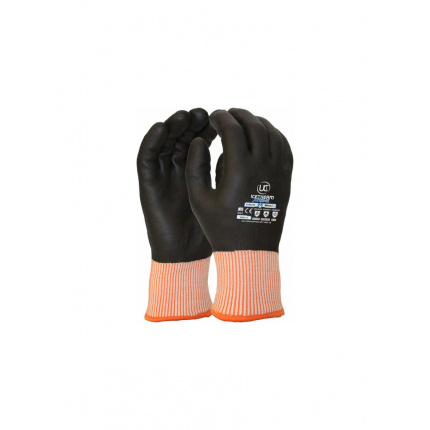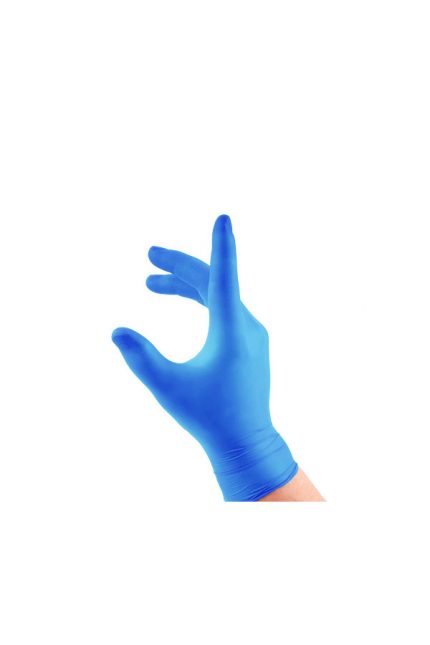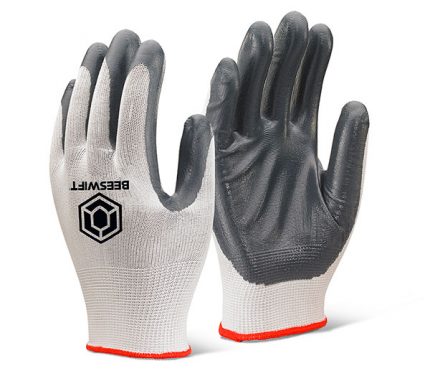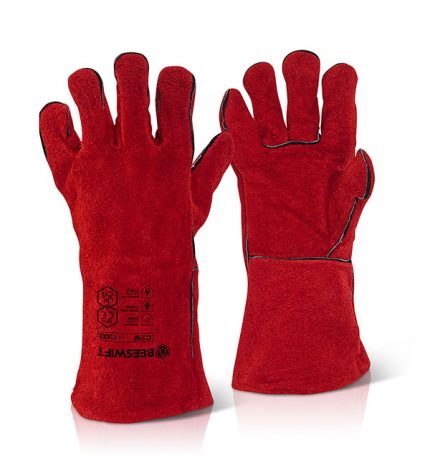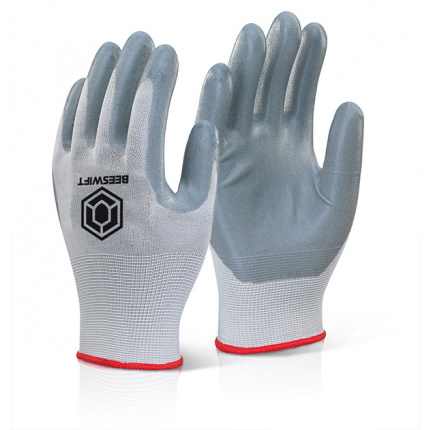• Offers sensitivity and comfort.
• Remain flexible and wearer friendly throughout the life of the product.
• Resistant to some chemicals and acids.• EN388: 2016
• Level 1 – Abrasion
• Level X – Cut Resistance
• Level 2 – Tear Resistance
• Level 0 – Puncture
• Level 0 – ISO 13997 Cut Resistance
• EN 374-5: 2016
• EN 374-1: 2016
Chemical – Breakthrough Time
Methanol (A) – More than 30 Mins (Level 2)
Sulphuric Acid 96% (L) – More than 120 Mins (Level 4)
Sodium Hydroxide 40% (K) – More than 480 Mins (Level 6)
Abrasion Resistance 1: Low abrasion resistance (100 cycles)
Cut Resistance (Coupe Test) X: Not tested/Blade was blunted ISO 13997 cut test required
Tear Resistance 2: Low/Medium tear resistance (25N)
Puncture Resistance 0: Did not achieve lowest score
Cut Resistance (ISO 13997) 0: Did not achieve lowest scoreEN ISO 374-1:2016+A1:2018 – Protective gloves against dangerous chemicals and micro-organisms. Terminology and performance requirements for chemical risks
A: Methanol 2: 30 – 59 minutes
K: 40% Sodium Hydroxide 6: above 480 minutes
L: 96% Sulphuric Acid 4: 120 – 239 minutes
EN 374-4:2013 – Determination of resistance to degradation by chemicals
EN ISO 374-5:2016 – Terminology and performance requirements for micro-organisms risks
Resistance to Bacteria and Fungi Pass
Resistance to Virus Not Tested
EN 420:2003 + A1:2009 – Protective gloves. General requirements and test methods

